Xiaohan Ma
Legal Decision-making for Highway Automated Driving
Jul 10, 2023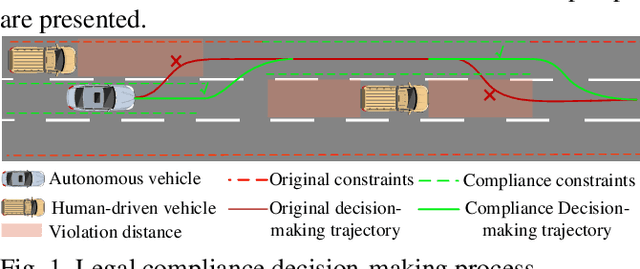
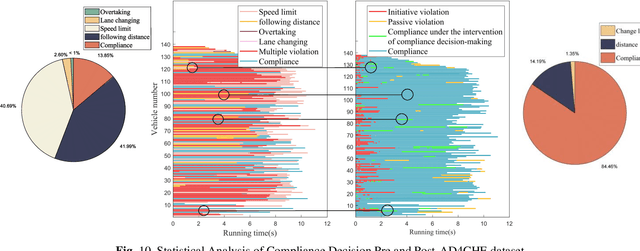
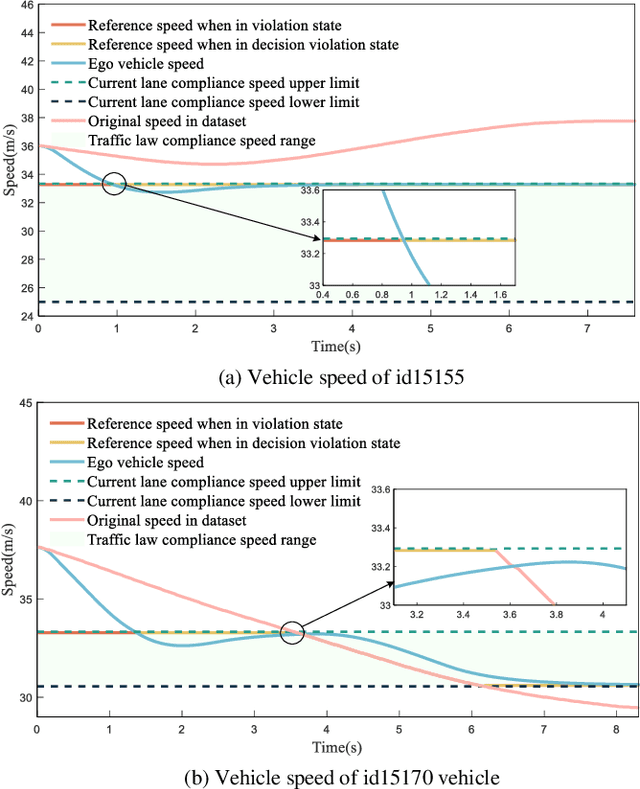
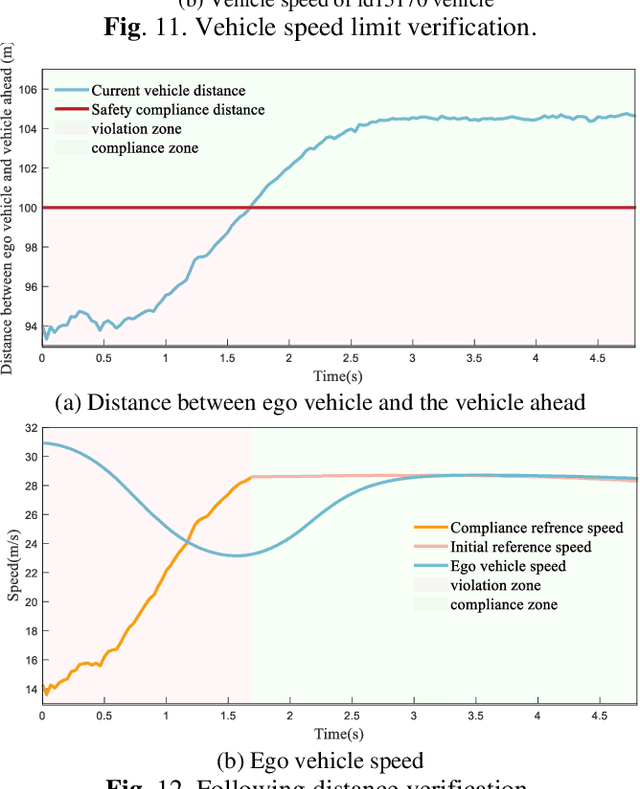
Abstract:Compliance with traffic laws is a fundamental requirement for human drivers on the road, and autonomous vehicles must adhere to traffic laws as well. However, current autonomous vehicles prioritize safety and collision avoidance primarily in their decision-making and planning, which will lead to misunderstandings and distrust from human drivers and may even result in accidents in mixed traffic flow. Therefore, ensuring the compliance of the autonomous driving decision-making system is essential for ensuring the safety of autonomous driving and promoting the widespread adoption of autonomous driving technology. To this end, the paper proposes a trigger-based layered compliance decision-making framework. This framework utilizes the decision intent at the highest level as a signal to activate an online violation monitor that identifies the type of violation committed by the vehicle. Then, a four-layer architecture for compliance decision-making is employed to generate compliantly trajectories. Using this system, autonomous vehicles can detect and correct potential violations in real-time, thereby enhancing safety and building public confidence in autonomous driving technology. Finally, the proposed method is evaluated on the DJI AD4CHE highway dataset under four typical highway scenarios: speed limit, following distance, overtaking, and lane-changing. The results indicate that the proposed method increases the vehicle's overall compliance rate from 13.85% to 84.46%, while reducing the proportion of active violations to 0%, demonstrating its effectiveness.
Variational Auto-Encoder based Mandarin Speech Cloning
Mar 06, 2022
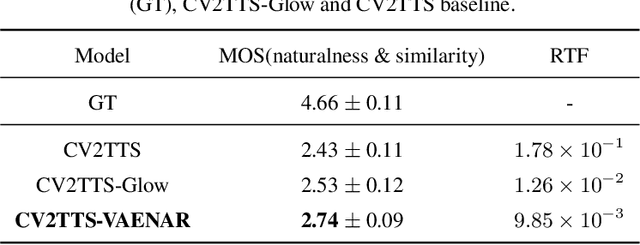
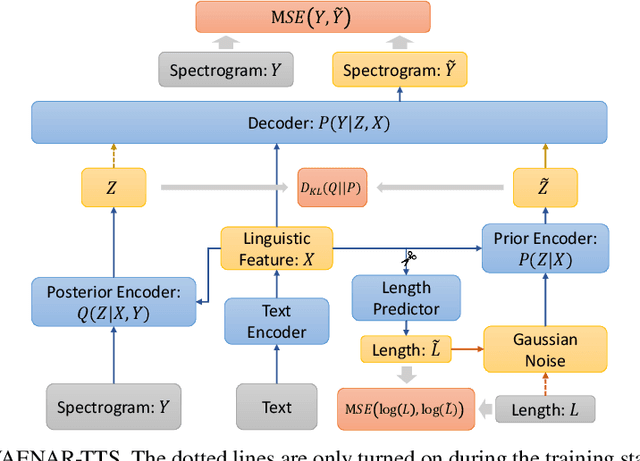

Abstract:Speech cloning technology is becoming more sophisticated thanks to the advances in machine learning. Researchers have successfully implemented natural-sounding English speech synthesis and good English speech cloning by some effective models. However, because of prosodic phrasing and large character set of Mandarin, Chinese utilization of these models is not yet complete. By creating a new dataset and replacing Tacotron synthesizer with VAENAR-TTS, we improved the existing speech cloning technique CV2TTS to almost real-time speech cloning while guaranteeing synthesis quality. In the process, we customized the subjective tests of synthesis quality assessment by attaching various scenarios, so that subjects focus on the differences between voice and our improvements maybe were more advantageous to practical applications. The results of the A/B test, real-time factor (RTF) and 2.74 mean opinion score (MOS) in terms of naturalness and similarity, reflect the real-time high-quality Mandarin speech cloning we achieved.
 Add to Chrome
Add to Chrome Add to Firefox
Add to Firefox Add to Edge
Add to Edge